On Saturday, October 23, 2021, Act To Change, Hate Is A Virus, and Stop AAPI Hate will co-host the first annual Changemakers Summit to educate and inspire the next generation of youth leaders from Asian American and Pacific Islander (AAPI) communities.
The Changemakers Summit 2021 is a virtual nationwide gathering of middle school, high school, and college students as well as AAPI activists and entrepreneurs. Its goal is to support, connect, and inspire the next generation of AAPI youth leaders and activists. The program for this conference will be organized around four pillars: Inform, Educate, Empower, and Celebrate.
- Inform: Understanding, unpacking, and healing from current events
- Educate: Constructing a dynamic AAPI-centered awareness of shared histories
- Empower: Providing tools and resources, and directly to the youth
- Celebrate: Celebrating AAPI communities and cultures, and what we have contributed to America
To ensure that youth voices are central to the design of this conference, session topics and speakers have been selected by a Youth Equity Council comprising a diverse selection of AAPI students from the Summit’s demographics.
For AAPI youth, ages 12 to 25, as well as parents, educators, and organizers, the Summit includes a variety of workshops, speaker panels, creative spaces, and community discussions across three different tracks:
- AAPIs in Social Justice
- AAPIs in Education
- AAPIs in Innovation
Highlighting the event’s dedication to AAPI youth, Act To Change Chair and Co-Founder Maulik Pancholy said of the Summit:
“Act To Change is thrilled to be part of a strong coalition hosting Changemakers Summit 2021. As an anti-bullying organization focused on Asian Americans and Pacific Islanders, reaching youth directly is essential to our mission. We are excited that the Summit centers youth, community, and activism, and builds a leadership pipeline to end bullying in the AAPI community.”
Hate Is a Virus Co-Founders Michelle Hanabusa and Tammy Cho said:
“This year’s Changemakers Summit is a hallmark effort to amplify the work we do here at Hate Is A Virus, and to uplift our community in the process. The Changemakers Summit will help us further the work we do by reaching even more young AAPI community members and empowering them to beat back hate in our society. We hope that this event inspires young AAPI community members to stand up against hate and racism, while being proud of the fullness of their identity.”
Professor Russell Jeung, SF State Asian American Studies and Co-Founder, Stop AAPI Hate said:
“Our youth campaign is central to Stop AAPI Hate’s mission to address anti-Asian racism across the U.S. We want to empower young persons by providing spaces where their concerns, experiences and leadership can be utilized. That’s why we are glad to join the Changemakers Summit, which also aims to strengthen our collective voice.”


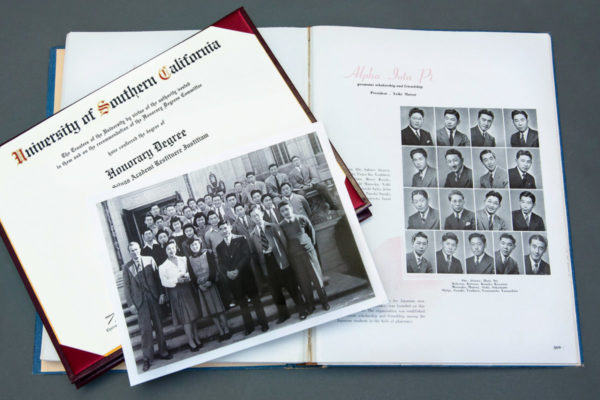

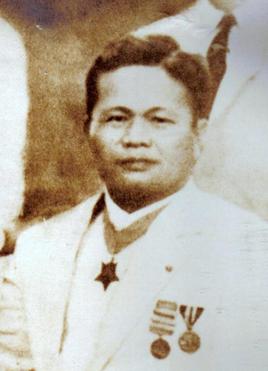
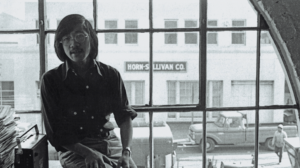

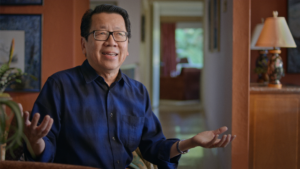
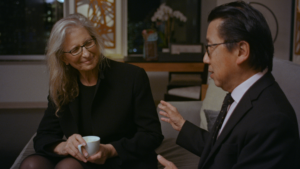
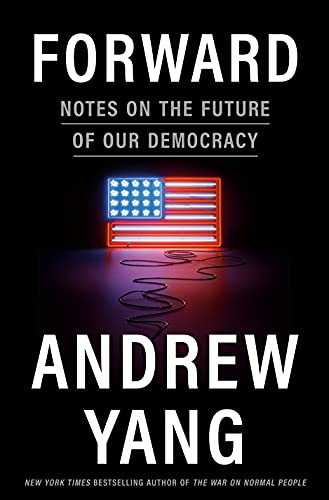
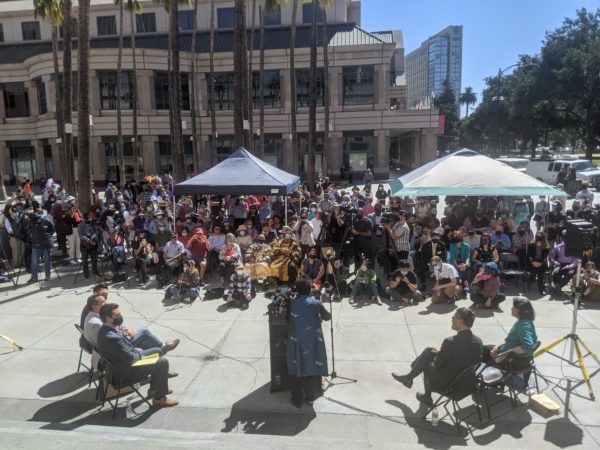

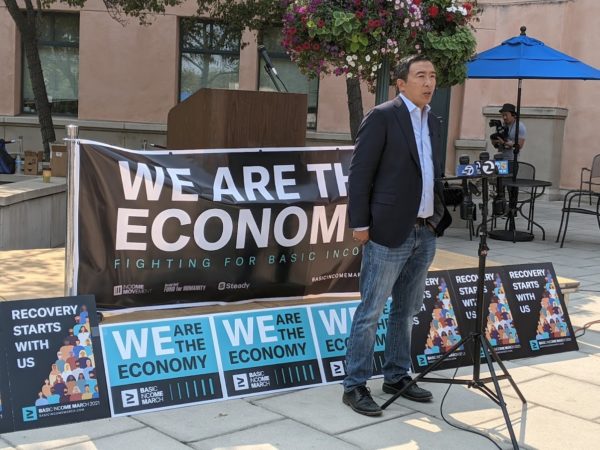
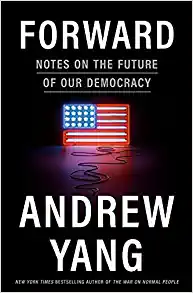
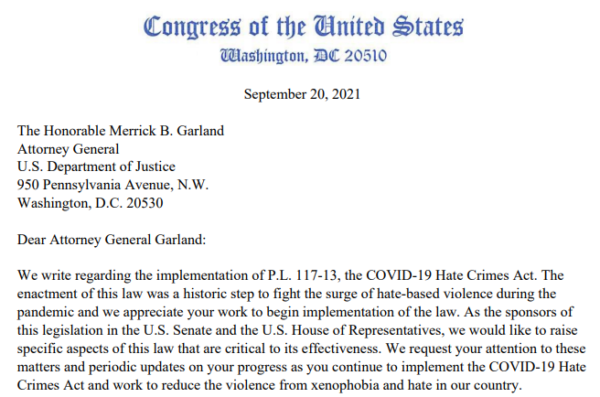
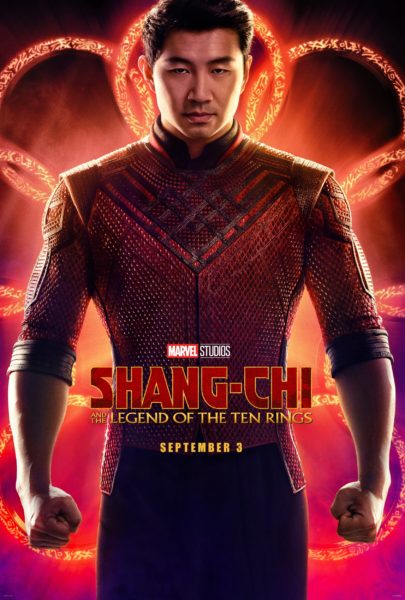 As I mentioned
As I mentioned 






